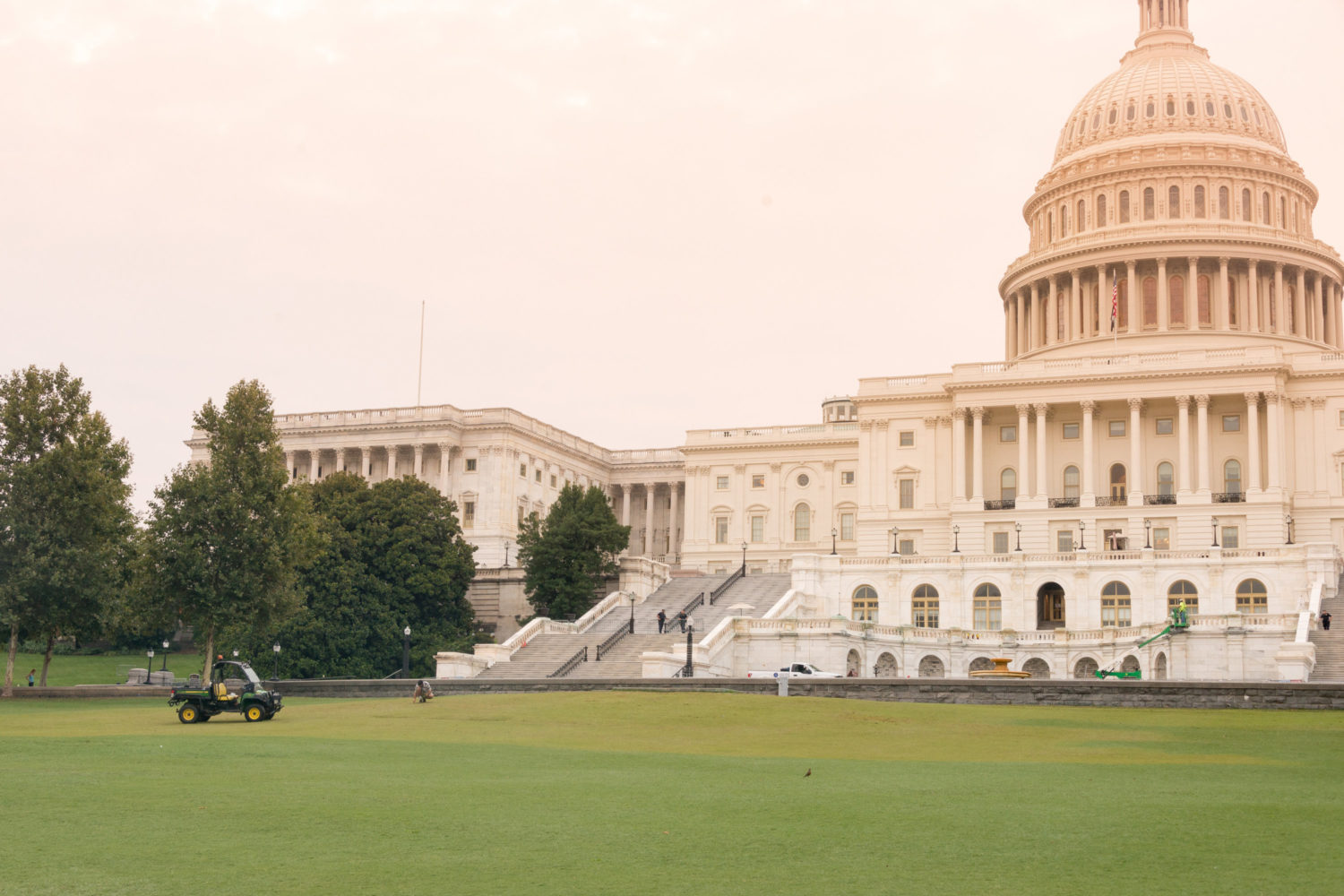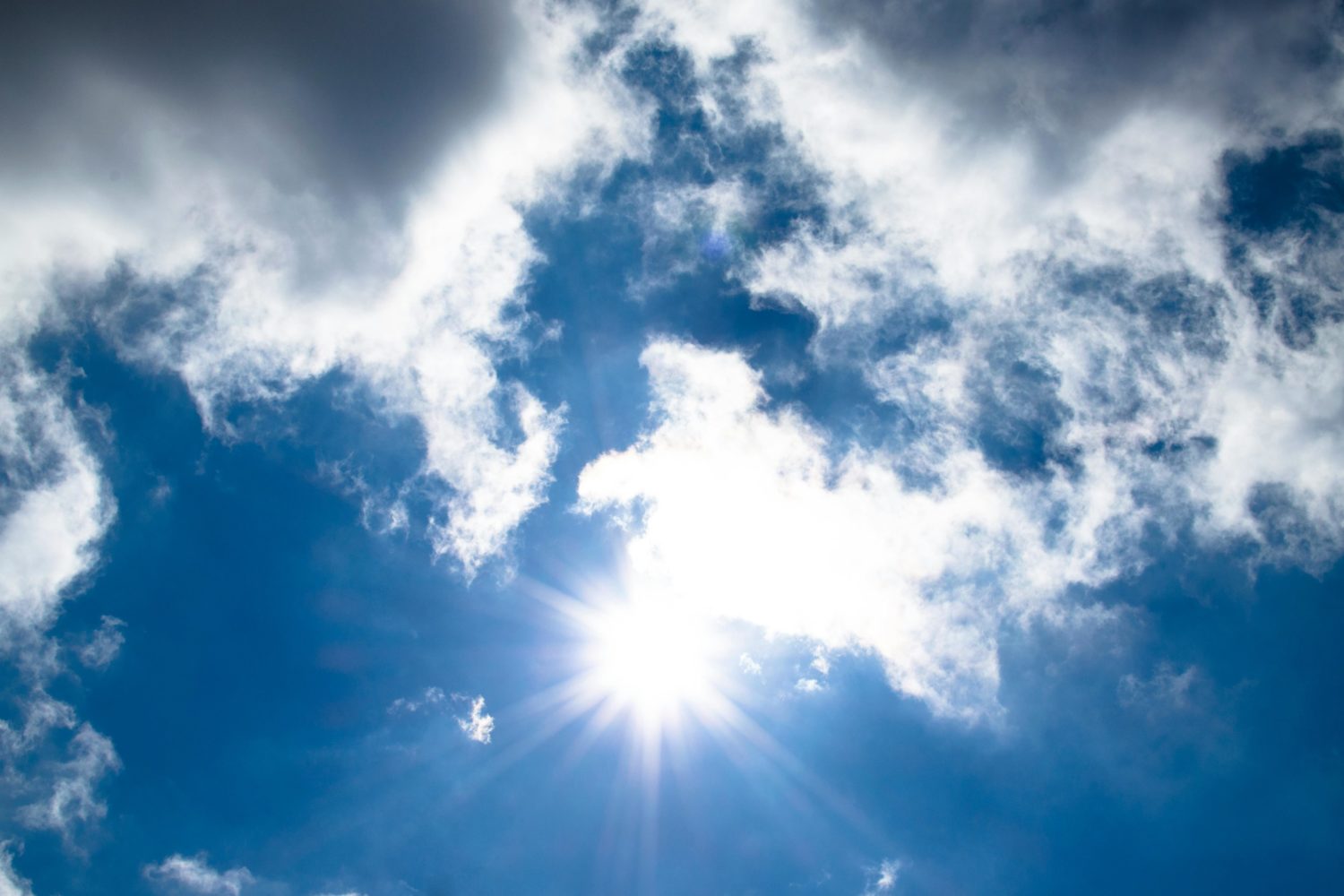Last night’s deadly thunderstorm was another instance of severe weather that seems to be intensifying in the DC area. To learn more about extreme weather in our area, we called up meteorologist and lightning expert Chris Vagasky of Vaisala, a Finnish company that specializes in weather-measurement instruments and software. Vagasky works for the company’s Lightning Safety Council, which tracks lightning around the world and shares advice with the public.
Did last night’s storm here produce an unusual amount of lightning?
Last night in DC, there were 789 lightning detections. So that’s in-cloud and cloud-to-ground lightning. That is about seven to eight percent of the annual lightning that usually occurs in Washington, DC. That’s a pretty high amount for a short period of time. It was a pretty intense storm.
What makes DC susceptible to severe weather?
For a thunderstorm, you need three things: moisture, instability, and lift. When it comes to the Mid-Atlantic and the DC area, there’s a lot of moisture around. It’s not too far from the Chesapeake Bay, the [Potomac and Anacostia rivers] are right there. It was very hot along the Eastern Seaboard yesterday. So there’s moisture and instability right there. Yesterday, there was a risk of storms across much of the United States. The heat from yesterday helped to provide some of that lift in the DC area. So the conditions were favorable yesterday for storms, and you get that frequently throughout the summer in that DC area.
Have summer storms intensified lately?
July and August are the peak months for lightning in the United States. July is the most frequent number of lightning deaths in the United States. June and August are on either side of that, because it’s lightning season in the US. And that’s when people are out of school, people are on vacations, they’re outside enjoying the nice summer weather and they’re not necessarily paying attention to the storms around them or whether a storm is moving in. They frequently get caught off guard, and then lightning strikes near them or strikes them causing injuries or fatalities.
Lightning has been fairly consistent across the United States over the last 20 to 30 years. Scientists, meteorologists, and climatologists are studying lightning, its frequency, and where it occurs every day of the year to better understand how the planet is evolving, whether changing climate will mean more storms or less storms. And we’re always focused on how can we use the information that we have to better keep people safe.
So how can people stay safe?
Back in the early 2000’s, 50 to 60 people died every year because of lightning. Now, that average is down to about 20 people a year. In the last few years, that number is actually down to around 17. Any time that you see a cloud building up, if you hear thunder or you see lightning, you want to start moving to a lightning-safe place: a fully enclosed metal vehicle or a substantial building that has electricity and plumbing running through the walls. If you’re in a fully enclosed metal vehicle, the electricity of lightning travels through the metal shell of the car and then discharges into the ground. Similarly, if you’re in a substantial building, the lightning strikes the building and runs through the plumbing and the electrical and goes to ground.
If by chance you do get caught outside and a thunderstorm starts moving in, know that dry does not mean safe. Lightning can strike up to 10 to 15 miles away from a thunderstorm. So even before the rain gets there or after the rain leaves, you’re at risk of being struck by lightning. Seeking shelter under trees, under overhangs, under picnic shelters or pavilions, those are not lightning-safe places. Lightning can strike a tree or shelter and the electricity can jump from that object into you.
Certainly when you’re out and about, you always need to be aware of your surroundings and be aware of the weather. Most people now have a have a phone with a weather app with them most of the time. So first of all, be aware of the forecast. And if thunderstorms are in the forecast, maybe reconsider outdoor plans. There’s plenty that you can do indoors in DC.




















